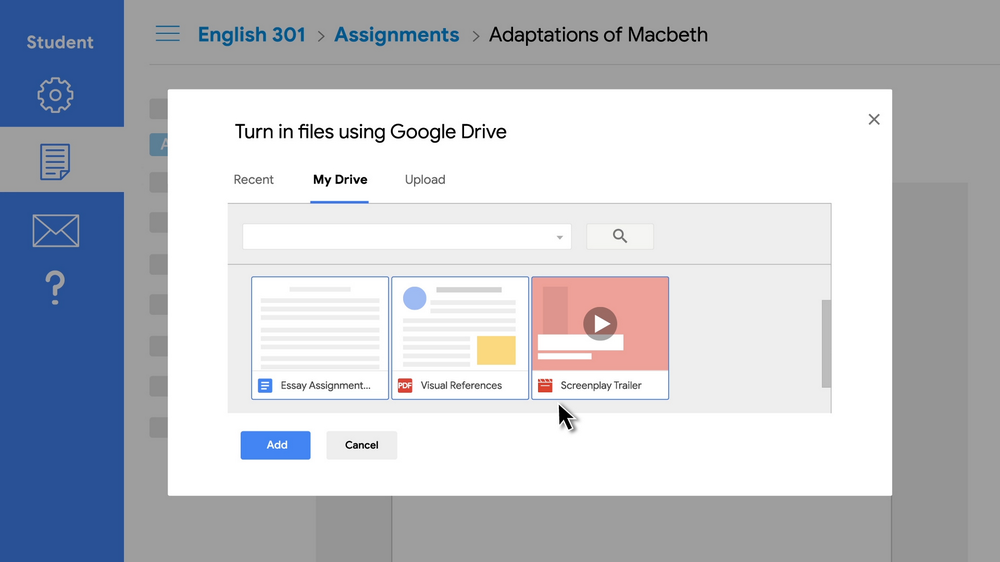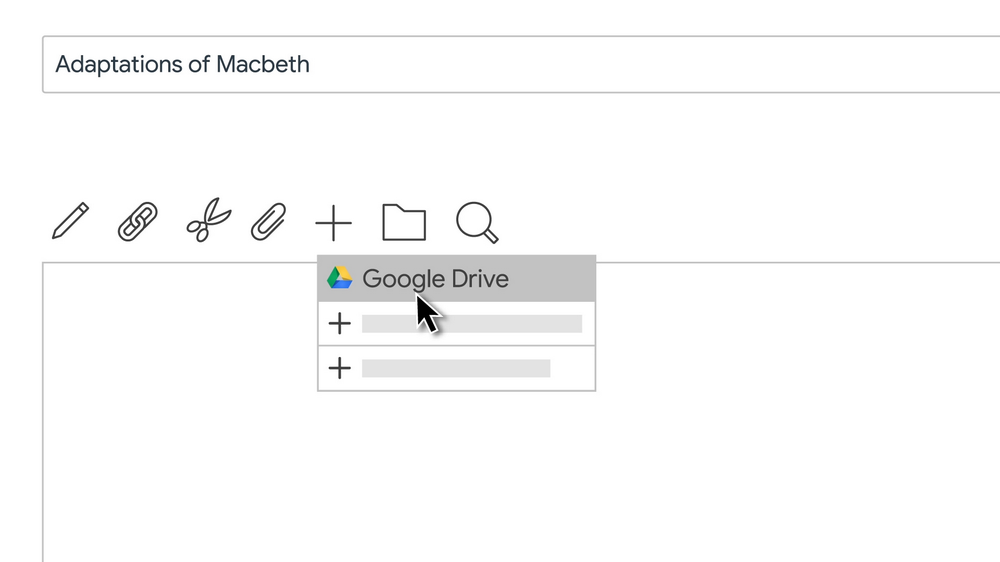G Suite productivity and communication tools are great generic tools for schools and universities. Google Classroom has some features of an LMS with a very minimalist social networking interface that can get any teacher on board in as little as 30 minutes.
However, many universities and schools already have their own LMS, mostly tightly integrated with their SIS and ERP. While many universities and schools have already integrated G Suite for Education with their LMS, it was mainly available for Single Sign on, using students’ G Suite account to log in to their LMS, and assignment submission repository via Drive.
Google now introduced a new LTI tool “Course Toolkit”. Below it LTI integration details from Google Blog.
Enter Course Kit—a free toolkit that allows instructors to use Google Docs and Drive to collect assignments, give faster and richer feedback to students, and share course materials within the LMS they’re already using. Course Kit is built using the Learning Tools Interoperability (LTI) standard so it's easy to set up and works with all LMSs that support LTI. Course Kit currently includes an assignment tool and a file embed tool, making it fast and secure to integrate G Suite's powerful collaboration capabilities into teaching and learning workflows. Course Kit was piloted over the last semester with higher ed institutions, and are now making it available more widely through a beta program.
Save time for thoughtful feedback with Course Kit's assignment tool
Creating and collecting assignments in an LMS with Course Kit's assignment tool is efficient and secure. When submitting their work, students don’t have to worry about the format of their files because any file that can be stored in Google Drive works with Course Kit. Once students turn in their completed work, Course Kit automatically manages permissions and students no longer have edit access to their submitted files while being graded. For instructors, being able to use Google’s cloud-based tools that their students use every day is critical.

When educators are finished reviewing assignments, grades and feedback are synced to the LMS and files are returned to students. “This saves a lot of time managing grades manually,” said Hommerding. Course Kit also creates an archival copy of every returned assignment so professors have an easy-to-access record of submissions -- especially helpful if the assignment needs to be turned in several times. Students get notified when their assignment is returned and can view the instructor’s comments and feedback directly in their LMS.
Embed course materials in an LMS with Course Kit's file embed tool
Using Course Kit's file embed tool, LMS users can add course materials from Google Drive directly into LMS pages, making it easy to share materials seamlessly. Instructors can embed anything from assignment information and syllabi to lecture presentations and videos. This tool simplifies the process of sharing related materials because embedded files are right there in the LMS, organized in Drive and automatically shared, saving faculty from manually configuring sharing settings.

Join the beta
Now with the Google Docs and Drive integration within your LMS, it’s possible to streamline assignment workflows, give richer feedback, and collaborate with students. Course Kit meets industry standards for accessibility and is available in 44 languages. If your institution uses G Suite for Education, get started by requesting access to the beta. Once whitelisted, your IT administrator can install Course Kit in your LMS. Currently using Google Classroom? Google is working to add new and improved feedback functionality directly to Classroom, so stay tuned for more updates in the next few months.
Comments
Post a Comment